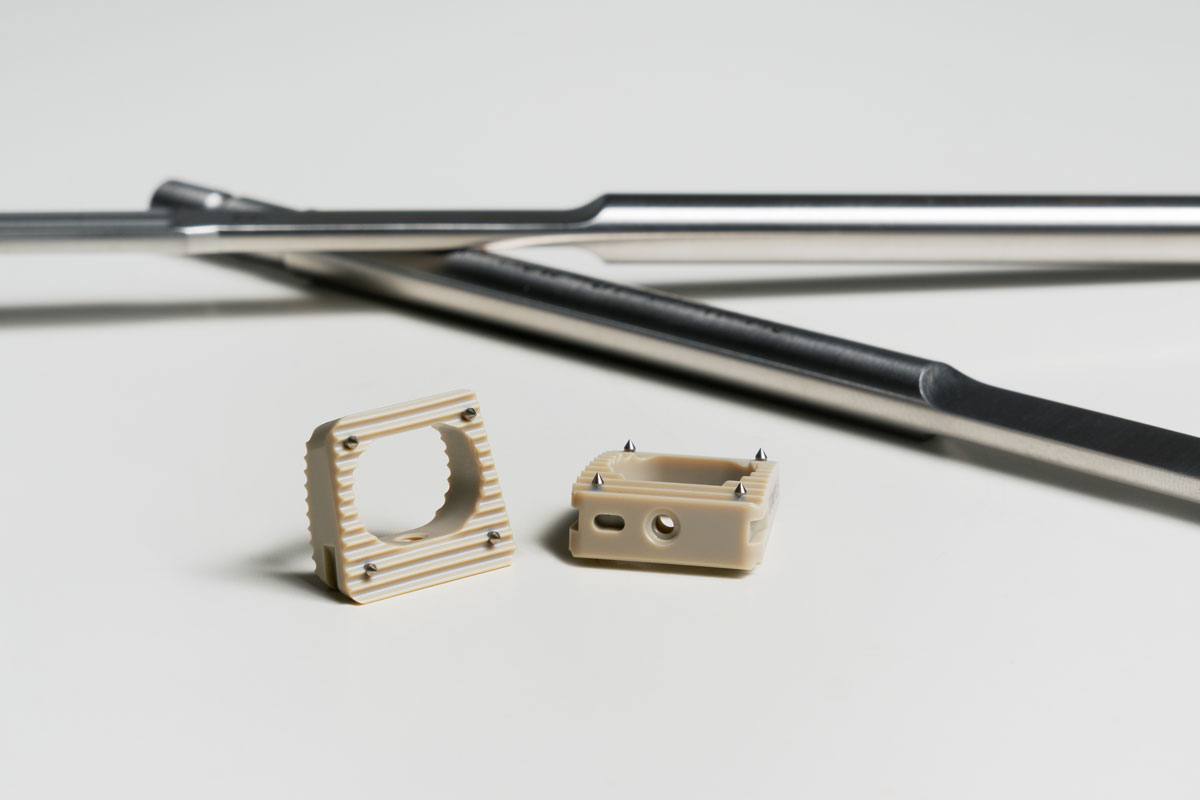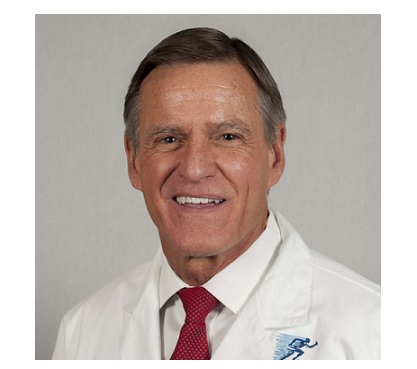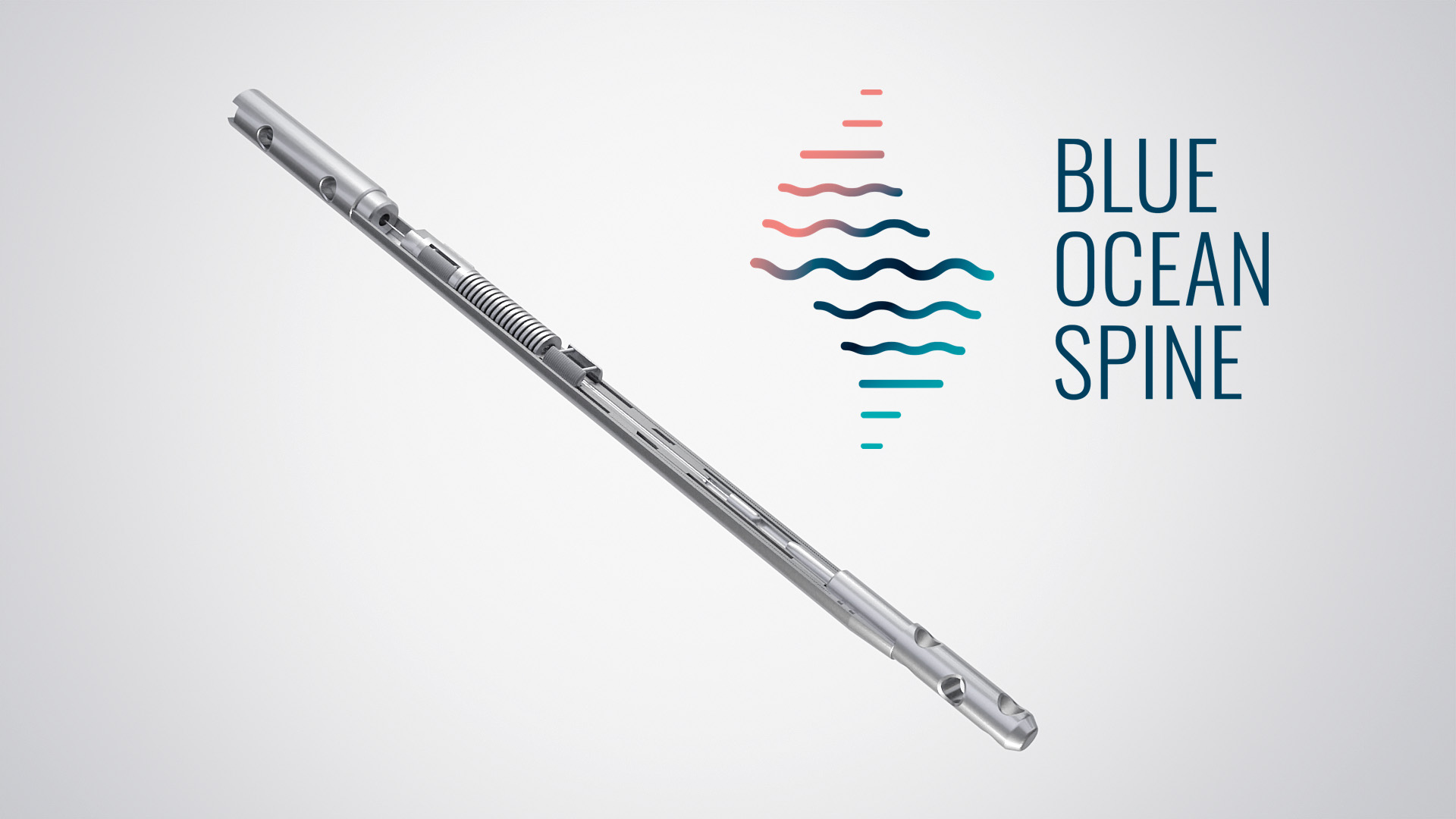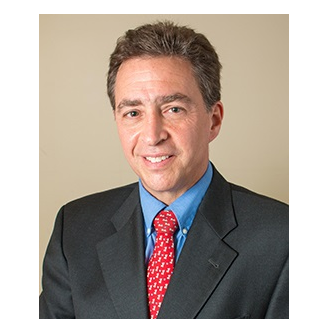Elizabeth Hofheinz, M.P.H., M.Ed.
Curious about issues surrounding the expectation of a 1-year follow-up in orthopedic trauma patients, researchers from Harborview Medical Center in Seattle, Washington conducted a retrospective chart review of 293 patients.
Their work, “The Fallacy of Follow-up: When Orthopaedic Trauma Patients Actually Return to Clinic,” appears in the March 17, 2021 edition of The Journal of Bone and Joint Surgery.
Co-author Conor P. Kleweno, M.D., Associate Professor in the Department of Orthopaedics and Sports Medicine at Harborview, told OSN: “We observed in our practice, at least anecdotally, that most patients did not return to our clinic for follow-up at the one-year point. Moreover, for many patients we were not actively asking them to return given that their medical care was complete. There seemed to be a stark disconnect comparing this to the standard 1-2 year required follow-up for publication of clinical research in most journals. This expectation seems decoupled from appropriate and indicated clinical care.”
“For many fractures, one year is longer than is necessary if the question is: ‘Did the bone heal?’ Conversely, it is insufficient if the question is: ‘Did the fracture lead to post-traumatic arthritis?’ We felt obligated to challenge the traditional follow-up expectations given that we were not often observing one-year follow-up in our practice and did not think it practical or relevant for many of our patients.”
Of the 293 trauma patients in the study, 84 (29%) had follow-up of at least 1 year and 52 (18%) were told to follow up as needed at their last visit before the 1-year mark. Putting these 52 patients aside, the 1-year follow-up rate was 35% (84 of 241 patients). Of these 241 patients, 157 (65%) were requested to return for additional clinical care did not return before the 1-year mark.
“Logistic regression identified tobacco use (odds ratio [OR], 0.34 [95% confidence interval (CI), 0.15 to 0.77]; p = 0.010), final appointment status (OR, 6.3 [95% CI, 3.4 to 11.6]; p < 0.001), isolated compared with multiple fractures (OR, 2.2 [95% CI, 1.2 to 4.1]; p = 0.013), and distance from the trauma center per mile as a continuous variable (OR, 0.999 [95% CI, 0.998 to 1.0]; p = 0.03) as significant predictors,” wrote the authors.
Asked why this was the right time for this study, Dr. Kleweno stated to OSN: “There has been a slow shift towards less in-person medical visits such as telehealth, online services and app-based medical interfaces as the consumer market (i.e., the patients) find this to be more practical and preferable. The COVID pandemic accelerated this process. The process of ‘going to see the doctor’ involves a substantial time and potential financial commitment, even within the postoperative global period, where provider fees are included within the initial charge. Time off of work, childcare services, and transportation when you cannot drive due to injury are all huge issues for our patients. Although not evaluated in our study, this has the potential to disproportionately effect certain rural and urban populations with less economic resources. Thus, this becomes an ethical issue of asking patients to return when you don’t expect to provide them with any services for a well-healed fracture. ‘Functional outcomes’ are extraordinarily variable and may improve, deteriorate or even fluctuate depending on advancing age, employment changes, attempted activity and patient expectations, in addition to the natural history of the primary injury and its sequelae.”
“We observed a low ~30% rate of one-year follow-up and ~20% of patients were not even expected to return at one year because their clinical care was complete,” said co-author Julie Agel, M.A., A.T.C., to OSN.
And if they were to study this further?
“We should extend this to other orthopaedic populations in addition to trauma patients,” says Agel. “It may be time to re-evaluate expected follow-up for clinical research. Coupling the follow-up expectations with the clinical question and clinical realities may be more appropriate.”








